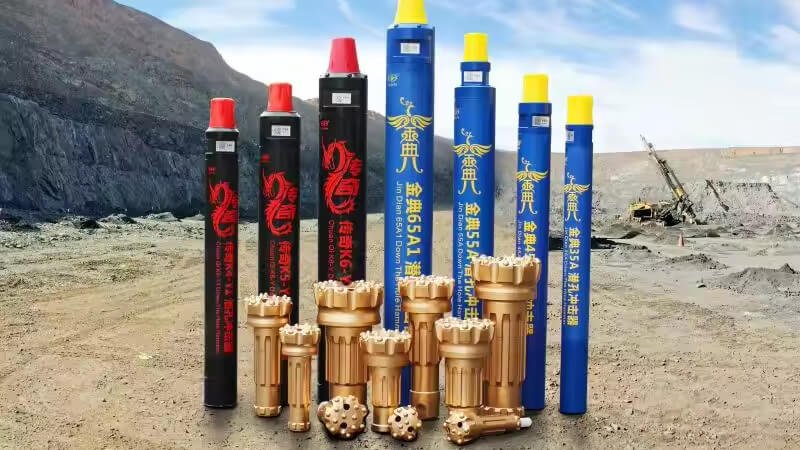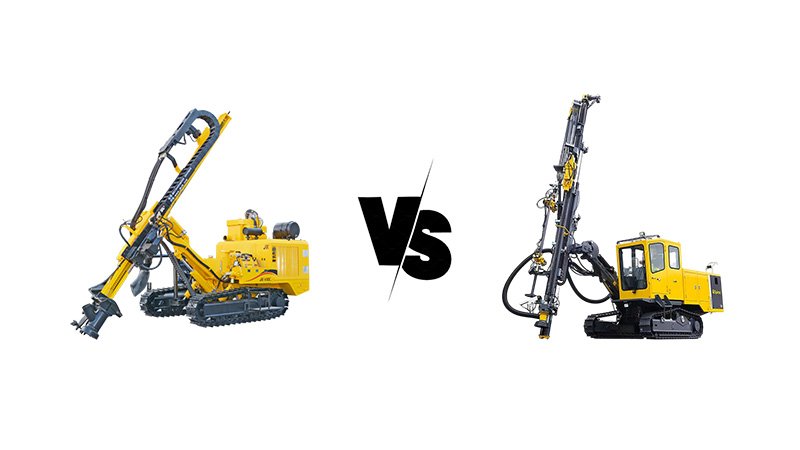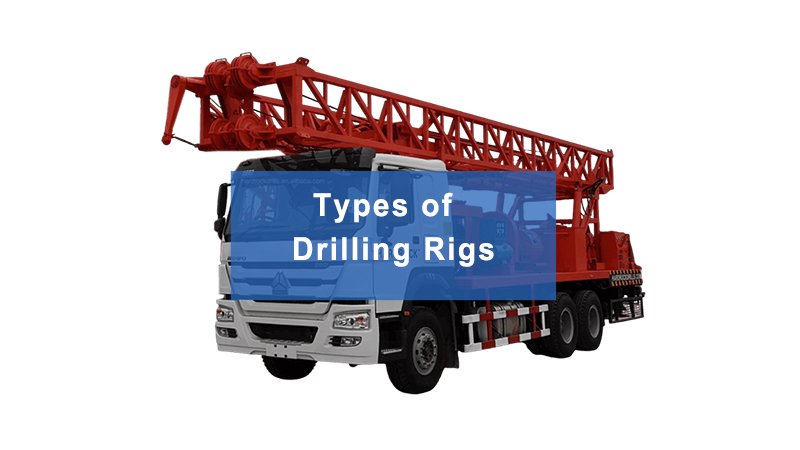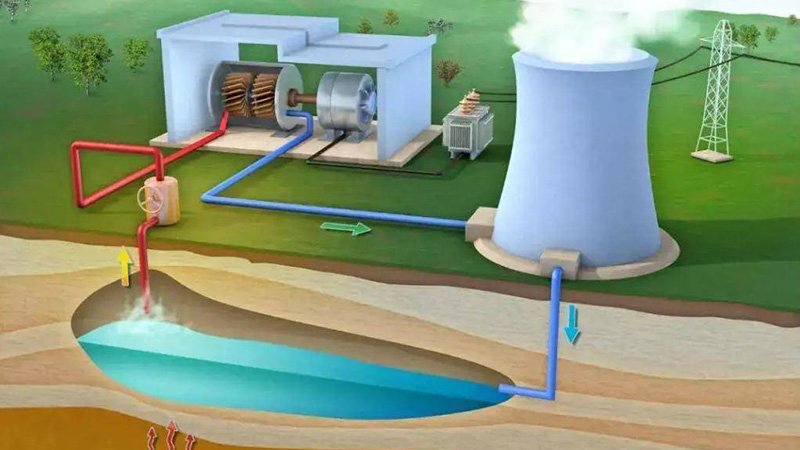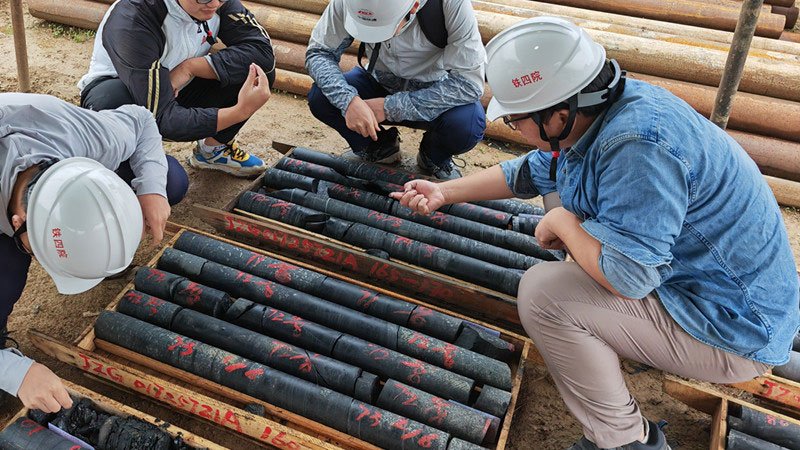Struggling with rapid drill bit wear or poor drilling performance? Selecting the wrong drill bit can waste your money and time while causing frustrating project delays and equipment damage. Let me help you make the right choice.
Choosing the right drill bit requires matching the bit type and material to your specific drilling application, considering the formation hardness, depth requirements, and drilling method while balancing performance needs with budget constraints.
After years of manufacturing drilling equipment at Hardrock, I've seen firsthand how the right bit transforms drilling efficiency. Many customers come to us after wasting thousands on inappropriate bits. The truth is, drill bit selection isn't just about buying the most expensive option – it's about finding the perfect match for your specific drilling conditions.
What Are the Different Types of Drill Bits Available?
Are you confused by the overwhelming variety of drill bits on the market? Using the wrong type for your application can lead to poor penetration rates, premature wear, or complete bit failure.
The main drill bit types include roller cone bits (for medium-hard formations), PDC bits (for soft to medium formations), diamond bits (for extremely hard rock), drag bits (for soft formations), and specialty bits designed for specific drilling conditions.
At Hardrock, we supply various bit types that serve different drilling needs. Let me explain the main categories:
Roller cone bits (also called tricone bits) feature three rotating cones with teeth that crush rock as they turn. These come in several varieties:
- Milled tooth bits use steel teeth cut directly into the cones, ideal for softer formations
- Insert bits have tungsten carbide inserts pressed into the cones, better for harder formations
- Sealed bearing models offer longer bit life in abrasive conditions
PDC (Polycrystalline Diamond Compact) bits use synthetic diamond cutters attached to a bit body. They have no moving parts, which means fewer mechanical failures. These excel in soft to medium-hard, non-fractured formations and can drill faster than roller cone bits in the right conditions.
Diamond bits incorporate natural or synthetic diamonds into their cutting structure, making them extremely wear-resistant for very hard rock. These include: - Surface-set bits with diamonds embedded in the bit face
- Impregnated bits with diamonds throughout the matrix material, exposing new cutting surfaces as they wear
Drag bits feature fixed blades that scrape or gouge the formation. These include: - Fishtail bits for very soft formations
- Steel tooth drag bits for soft, non-abrasive formations
- PDC hybrid designs combining drag bit principles with advanced cutting materials
Specialty bits address unique drilling challenges: - Hole opener bits enlarge existing holes
- Coring bits recover formation samples
- Eccentric bits can deflect the borehole direction
- Step bits drill multiple diameters in one pass
I remember when Mohammed's team was struggling with slow penetration rates in a mixed formation project in UAE. They were using standard roller cone bits throughout the entire depth. After analyzing their drilling logs, I recommended switching to PDC bits for the upper soft formations and special tungsten carbide insert bits for the deeper hard layers. This change doubled their drilling speed and reduced their bit replacement frequency by 60%.
Which Drill Bit Material Is Best for Your Project?
Do you worry about choosing the wrong bit material for your drilling project? Poor material selection leads to frequent bit replacements, higher project costs, and frustrating downtime.
The best drill bit material depends on formation characteristics, with tungsten carbide ideal for most general drilling, diamond or diamond composites for extreme hardness, steel alloys for soft formations, and specialized coatings for corrosive or abrasive environments.
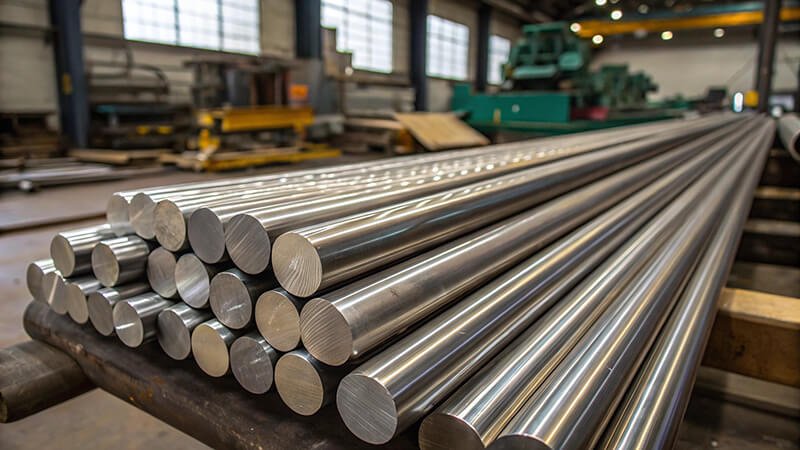
When I consult with Hardrock customers about bit material selection, I focus on matching material properties to specific drilling challenges:
Tungsten carbide offers excellent hardness and wear resistance at a reasonable cost, making it the standard choice for most drilling applications. It comes in various grades with different cobalt binding percentages – higher cobalt content increases toughness but reduces wear resistance. For mixed formations, I typically recommend a medium-grade carbide that balances wear resistance with impact tolerance.
Polycrystalline diamond (PCD) provides superior wear resistance in abrasive formations. While more expensive than carbide, diamond materials can dramatically extend bit life in the right applications. The synthetic diamond layer is typically bonded to a tungsten carbide substrate, combining diamond's wear resistance with carbide's toughness.
Steel alloys still have their place in very soft, non-abrasive formations where cutting efficiency matters more than wear resistance. Modern heat treatments and alloy compositions have improved steel bit durability significantly. These bits are generally less expensive but require more frequent replacement in all but the softest formations.
Specialized coatings can enhance bit performance in specific conditions:
- Titanium nitride (TiN) coatings reduce friction and improve wear resistance
- Diamond-like carbon (DLC) coatings provide exceptional hardness and low friction
- Ceramic coatings offer thermal stability in high-temperature drilling
Matrix materials that hold cutting elements significantly impact bit performance. Nickel, copper, and bronze-based matrices each offer different strength and erosion resistance characteristics. The optimal choice depends on formation abrasiveness and drilling fluid properties.
I always consider the interaction between materials when advising customers. For instance, certain carbide grades may perform poorly in corrosive drilling fluids, while some diamond products might fail under the high impact loads of fractured formations.
Last year, I worked with a water well contractor drilling in highly abrasive sandstone formations. They were replacing standard carbide button bits every 100-150 meters, causing significant downtime. We switched them to bits with specially formulated carbide grades and a proprietary matrix designed specifically for abrasive formations. Their bit life increased to over 400 meters per bit, dramatically improving their project economics.
How to Match Drill Bit Size to Your Project Requirements?
Are you uncertain about selecting the correct bit size? Choosing improper dimensions wastes energy, reduces drilling efficiency, and can even damage your equipment.
Match drill bit size by considering the purpose of the hole, required production rates, equipment capabilities, formation characteristics, and casing specifications, typically starting smaller and enlarging in multiple passes for larger diameter holes.
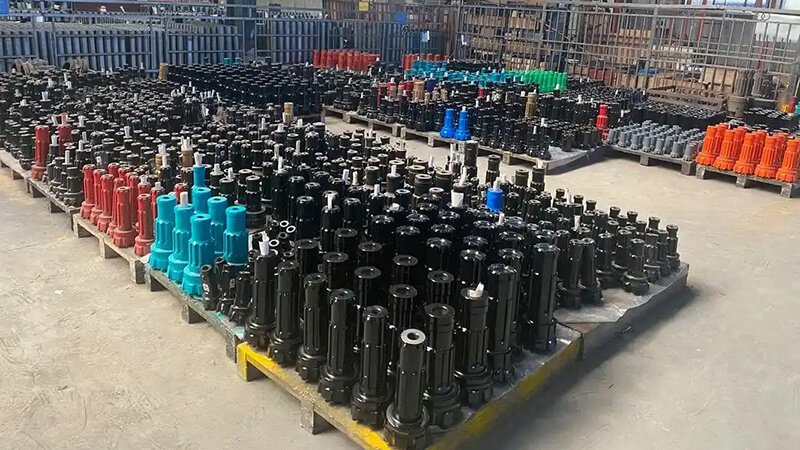
Size selection is critical for drilling success, and at Hardrock, we help customers consider several key factors:
Purpose of the hole should drive your initial size considerations. Water wells generally require larger diameters than mineral exploration holes. For water wells, consider:
- Required water production rate
- Pump size that will eventually be installed
- Local regulations regarding minimum diameters
Drilling equipment capabilities establish your practical limits. Consider: - Maximum torque your rig can deliver
- Compressor or mud pump capacity
- Rod string specifications and limitations
Formation characteristics affect optimal bit size selection. In unstable formations, starting with a larger bit may be necessary to accommodate casing. In very hard formations, smaller bits require less weight and torque to achieve effective penetration rates.
Drilling method influences appropriate sizing. For example: - Direct circulation air drilling often uses smaller bits than reverse circulation
- DTH hammer drilling typically employs specific bit sizes matched to hammer dimensions
- Wire line coring requires standardized bit sizes matching inner tube dimensions
Multiple-pass drilling strategies should be considered for larger holes: - Pilot hole followed by reaming passes
- Step-drilling with progressively larger bits
- Use of hole openers to enlarge existing boreholes
Bit-to-hole clearance must be appropriate for your drilling fluid and formation. Too little clearance restricts circulation and cutting removal; too much can reduce penetration rates and cause deviation.
Standard sizing versus custom dimensions is another consideration. Standard sizes offer better availability and typically lower costs, while custom sizes might provide optimal performance for specific applications.
When one of our Middle Eastern customers needed to drill 8-inch water wells through interbedded sandstone and limestone, their initial approach used standard 8-inch bits from start to finish. They struggled with hole stability and slow penetration. I suggested a modified approach: starting with a 6-inch pilot hole through the entire depth, followed by reaming to 8 inches. This approach improved their penetration rate by 40% and reduced incidents of stuck drill string by allowing better cutting removal during the initial pass.
What Are the Signs of a Quality Drill Bit?
Concerned about investing in inferior drill bits that fail prematurely? With countless options available, identifying truly high-quality bits can be challenging without the right knowledge.
Quality drill bits exhibit precise manufacturing tolerances, premium materials with proper certifications, optimal weight distribution, appropriate hardfacing in wear-prone areas, proper heat treatment, and come from manufacturers with comprehensive quality control systems.
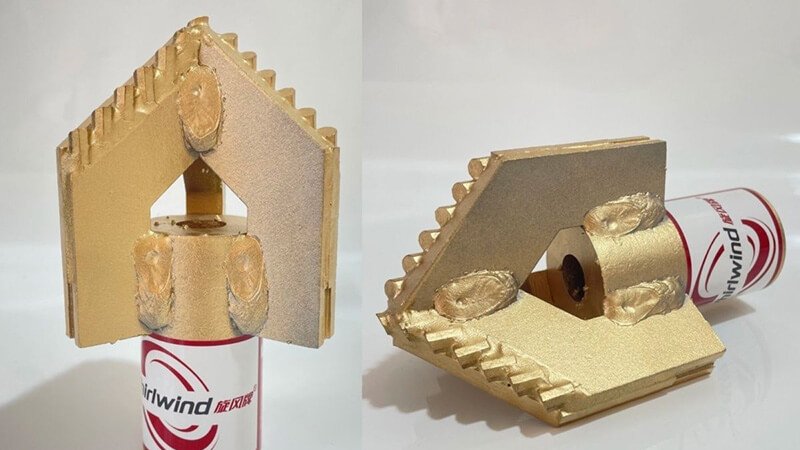
At Hardrock, we've learned that quality assessment requires examining both physical characteristics and manufacturer credentials. Here's what I recommend looking for:
Manufacturing precision is evident in several ways:
- Symmetrical bit body with consistent dimensions
- Even distribution of cutting structures
- Smooth, clean transitions between different bit sections
- Precise positioning of nozzles or fluid channels
- Consistent thread specifications that match API or other relevant standards
Material quality can be assessed through: - Material certifications from reputable testing bodies
- Proper material grade documentation
- Consistent hardness readings across similar components
- Appropriate material choices for different bit components
Cutting structure quality depends on: - Secure attachment of cutters or inserts
- Uniform size and shape of cutting elements
- Proper alignment of cutters relative to bit rotation
- Appropriate exposure height for formation type
- Evidence of strategic placement for optimal cutting action
Hydraulic design features that indicate quality include: - Properly sized and positioned nozzles
- Smooth internal fluid passages without flow restrictions
- Balanced fluid distribution across the bit face
- Effective junk slot design for cutting removal
Manufacturer reputation matters significantly. Quality producers: - Provide detailed specifications and performance data
- Offer application-specific recommendations
- Maintain consistent quality across production runs
- Stand behind their products with meaningful warranties
- Have established track records in your specific application
Quality control documentation should be available, including: - Batch testing results
- Material traceability information
- Inspection reports for critical dimensions
- Performance test results where applicable
I recently visited a drilling operation where the contractor was experiencing inconsistent performance from supposedly identical bits. When we examined them closely, we found significant variations in cutter positioning and nozzle sizing between bits from the same manufacturer. These inconsistencies explained their erratic drilling results. We helped them establish a bit inspection protocol and connected them with a more reliable supplier whose manufacturing consistency delivered predictable performance.
How Much Should You Spend on Drill Bits?
Worried about overspending on drill bits or, worse, underspending and facing costly downtime? Finding the right price-performance balance can significantly impact your project economics.
Drill bit spending should balance initial cost against expected life, considering formation challenges, project timeline constraints, equipment capabilities, and total drilling economics rather than focusing solely on purchase price.
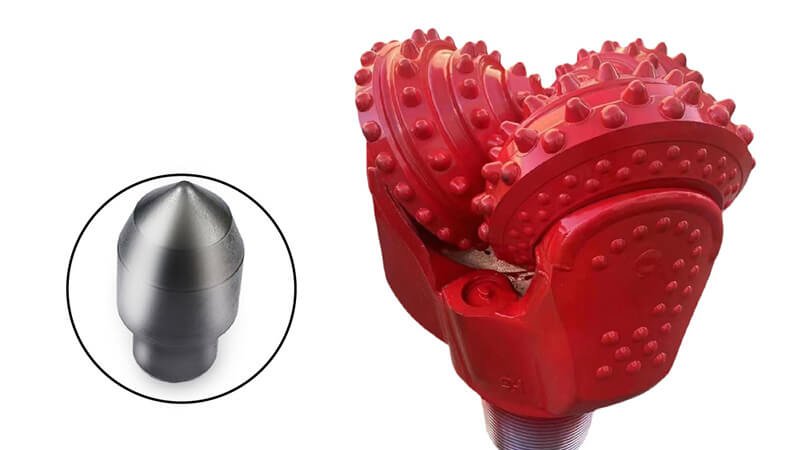
At Hardrock, we help customers make economically sound bit decisions based on their unique circumstances. Here's my approach to bit economics:
Cost per meter drilled is more meaningful than initial purchase price. Calculate this by dividing the bit cost by its expected life in meters. Premium bits often deliver lower cost per meter despite higher upfront prices. We track this metric across different formations and bit types to guide our recommendations.
Formation-specific budgeting makes sense because bit requirements vary dramatically between formations. I recommend developing different bit budgets for:
- Soft, cohesive formations where inexpensive bits may suffice
- Abrasive formations where wear resistance justifies premium bits
- Hard, fractured formations where impact resistance matters most
- Mixed formations where versatility may outweigh specialized performance
Project timeline considerations should influence your spending. When drilling schedule is critical, premium bits that reduce bit trips can be cost-effective even at significantly higher prices. I calculate the total cost of downtime for bit changes, including crew time, rig time, and project delay impacts.
Rig capability matching ensures you don't overspend on sophisticated bits your equipment can't fully utilize. Expensive PDC bits, for example, require specific weight, torque, and hydraulic capabilities to perform optimally.
Risk assessment should factor into bit selection. In critical drilling phases or challenging formations, premium bits reduce the risk of catastrophic failures that could jeopardize the entire borehole.
Volume purchasing can significantly reduce costs. For larger projects, consider: - Negotiating volume discounts
- Establishing consignment inventories with suppliers
- Developing repair/refurbishment programs for certain bit types
Reconditioned bit economics deserve consideration. Factory-reconditioned bits can offer 60-80% of new bit performance at 40-60% of the cost. This approach works particularly well for certain roller cone designs.
One of our African customers was drilling water wells for a humanitarian project with extremely tight budgets. Initially, they purchased the cheapest available bits to stretch their funding. After analyzing their total costs, including transportation to remote sites and rig time, we demonstrated that midrange bits would actually reduce their overall project costs by 22% despite the higher initial investment. The improved durability meant fewer bit trips and more wells completed within their budget constraints.
How to Maintain Drill Bits for Longer Life?
Are you frustrated by premature bit failure and rising replacement costs? Without proper maintenance, even the highest quality bits will underperform and fail before their time.
Extend drill bit life through proper cleaning after use, regular inspection for damage, correct storage practices, appropriate drilling parameters, proper break-in procedures for new bits, and rebuilding/refurbishing when economically viable.
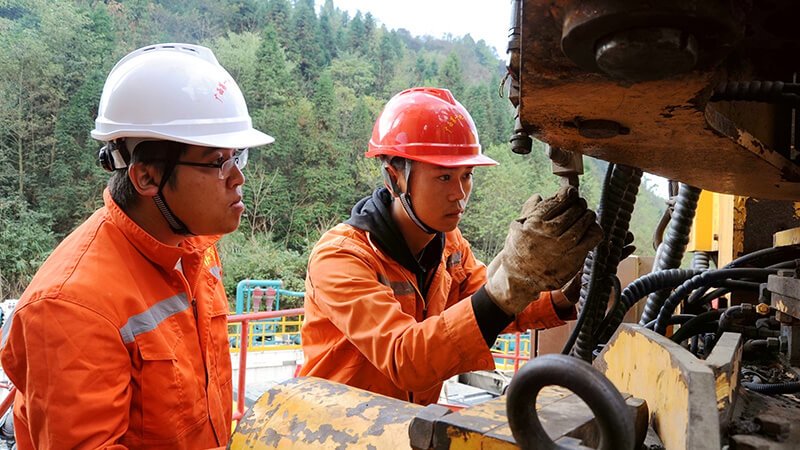
Based on our experience supporting Hardrock customers worldwide, I've developed these bit maintenance best practices:
Proper cleaning procedures preserve bit performance and allow thorough inspection:
- Remove all cuttings and drilling mud immediately after use
- Use appropriate cleaning solutions that won't damage bit materials
- Clean nozzles and fluid passages thoroughly, using proper tools to avoid damage
- For PDC bits, take special care cleaning around cutters to avoid damaging the bond
- Ensure bits are completely dry before storage to prevent corrosion
Regular inspection routines should check for: - Wear patterns that might indicate improper drilling parameters
- Damaged or missing inserts or cutters
- Erosion around nozzles or fluid courses
- Bearing seal integrity on roller cone bits
- Thread damage or wear
- Signs of heat damage or material fatigue
Correct storage practices prevent damage between uses: - Store bits upright in dedicated racks, never stacked directly on each other
- Use thread protectors to prevent thread damage
- Keep bits in climate-controlled environments when possible
- For long-term storage, apply appropriate preservative coatings
- Maintain inventory rotation systems to avoid exceeding shelf life for specialty bits
Optimized drilling parameters significantly extend bit life: - Follow manufacturer recommendations for weight on bit
- Maintain appropriate rotational speeds for bit type and formation
- Monitor hydraulics to ensure proper cooling and cleaning
- Adjust parameters based on formation changes
- Implement proper break-in procedures for new bits
Refurbishment programs can be economical for certain bit types: - Roller cone bits can often have inserts replaced
- Some PDC bits can be re-tipped or have individual cutters replaced
- Specialized hardfacing can be reapplied to worn areas
- Damaged nozzles can be replaced on many bit designs
Documentation systems help identify trends and optimize bit selection: - Record bit performance data including meters drilled and hours run
- Document formation changes encountered
- Note drilling parameters used
- Track maintenance performed
- Compare performance between bit types and manufacturers
One memorable case involved a customer in Southeast Asia who was experiencing rapid wear on expensive PDC bits in moderately abrasive formations. When I visited their operation, I noticed they were starting new bits at full drilling parameters rather than following a break-in procedure. We implemented a standardized break-in protocol that gradually increased weight on bit and rotation speed over the first 3-5 meters of drilling. This simple change extended their average bit life by nearly 40%, saving tens of thousands of dollars annually.
Conclusion
Choosing the right drill bit requires understanding your specific drilling conditions, evaluating quality indicators, selecting appropriate materials and sizes, investing wisely, and implementing proper maintenance. The perfect bit balances performance, durability, and cost while matching your unique project requirements.

